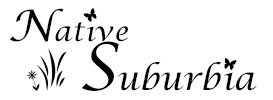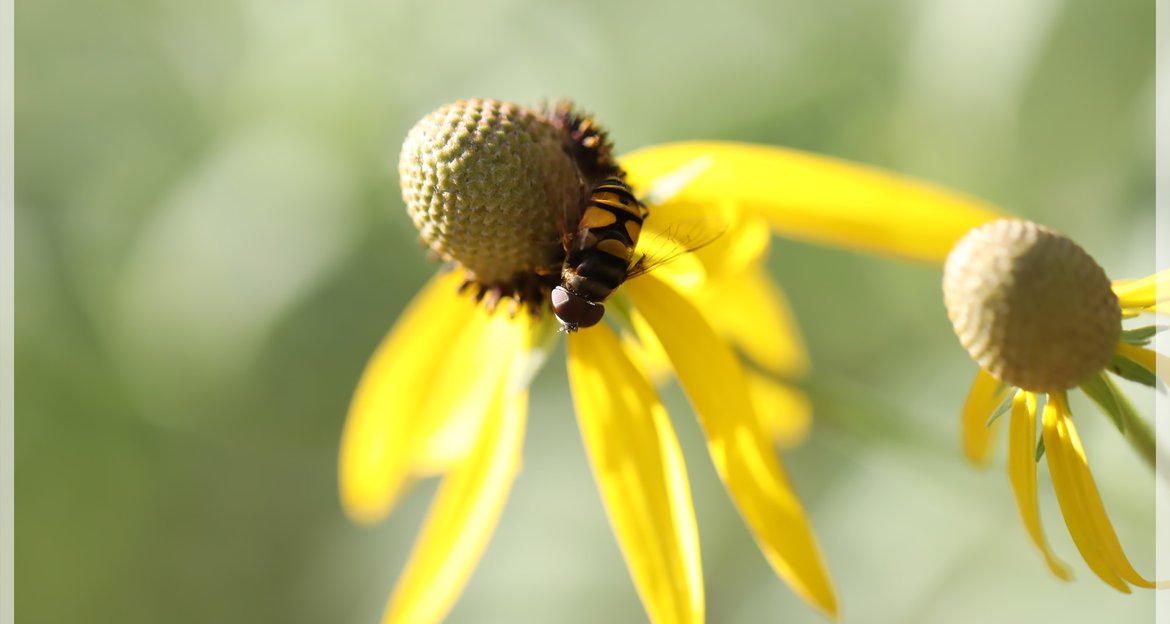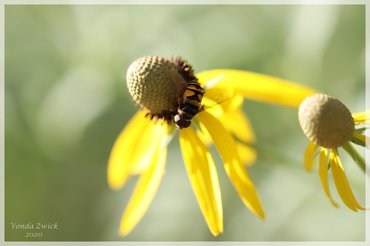Transverse Flower Fly: A Fly in Disguise
Posted by Vonda on July 20, 2020
At first glance, this pollinator may appear to be a bee or a small wasp working this yellow coneflower for nectar or pollen. It is actually a fly: the Transverse Flower Fly.
The Transverse Flower Fly is a type of Syrphid Fly / Hover Fly. It is adorned with the black and yellow stripes associated with stinging insects like bees and wasps, in an attempt to ward off predators. Syrphid Flies like this one are important pollinators. Their larvae eat garden pests like aphids.
There are several clues that this is a fly and not a bee. Flies have a single pair of wings (one wing on each side), whereas bees have a double pair of wings (two wings per side). At rest, a bee will fold its wings on top of its back, whereas a fly will generally hold its wings out to the sides as shown in the photo. Fly eyes also tend to be close together on the front of the head, whereas a bee's eyes tend to be separated and on the sides of the head. Finally, bees tend to have long antennae, whereas flies have short, hard-to-see antennae.



